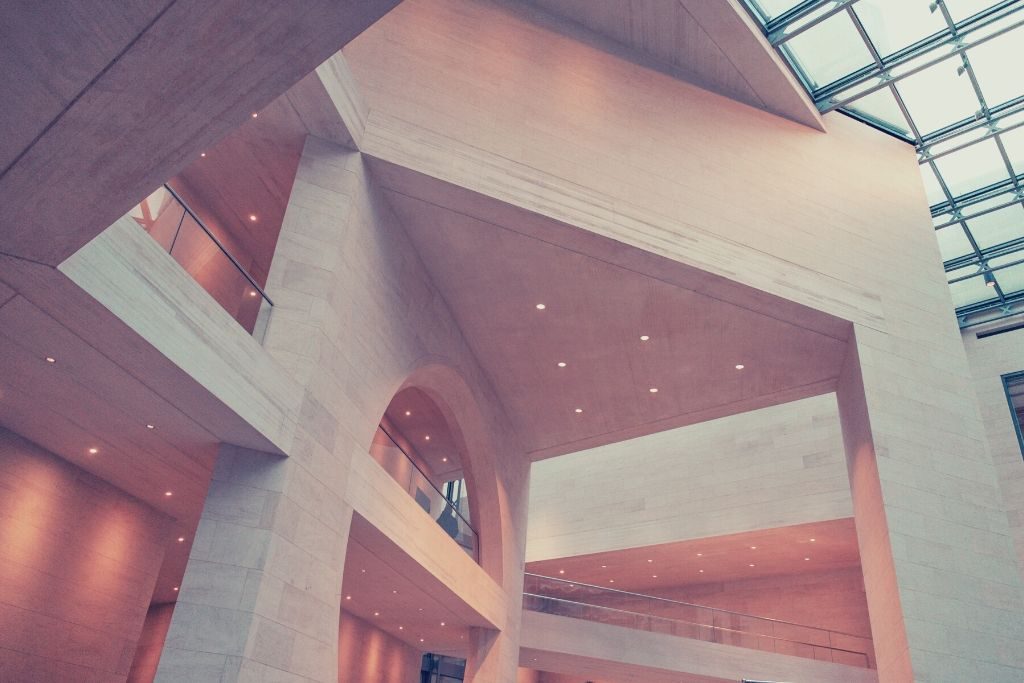Whether in direct or indirect ways, all the human lives on the planet depend on forests. Yet, particularly with the rise of industrialization, millions of hectares of forests become depleted due to unsustainable human consumption every year.
Since the earliest human settlements, timber has been one of the most popular construction materials. However, the recent surge in the mass destruction of forests brought a dilemma for the construction professionals: With the rising concerns over global deforestation, should construction projects still use wood and timber products?
The answer is a resounding yes, but a conditional one: As long as the timber is sustainable, which means they are harvested responsibly from well-managed and continuously replenished forests.
The only realistic way to conserve our forests is to apply sustainable forest management practices.
The Rainforest Alliance
We compiled five reasons why sustainable timber in construction has invaluable contributions to the future of the industry, as well as the planet.
1. Carbon Capture
If the timber used in construction is sustainable with the appropriate certificates from authorities such as Forest Stewardship Council (FSC) or the Programme for the Endorsement of Forest Certification, it comes from well-managed forests. This means that until these trees are ready for industry use, they keep adding ecological value and capture carbon.
Moreover, wood is the only construction material that’s genuinely renewable. Some researchers suggest that every cubic meter of wood used instead of other materials can save a total of 2 tons of carbon dioxide.
2. Insulation and Energy Benefits
Wood has better thermal insulation properties than any other mainstream construction material. It insulates five times better than bricks, and a whopping 350 times more than steel. Thus, sustainable timber offers a financial win-win, as it’s an inexpensive material that can also dramatically reduce the energy bills.
Furthermore, wood is also a natural sound dampener. Hence, buildings that use sustainable timber in construction offer excellent acoustic insulation and noise control, too.
3. Simple and Versatile

Timber-framed buildings are among the quickest to erect, especially compared to brick or stone buildings. Constructing with sustainable timber is also a more straightforward process that requires fewer specialized skills.
Unlike many other materials, wood construction projects can take place in almost any season and climate. This practicality saves time, money, and other resources. Once built, sustainable timber is also durable and easily maintainable.
4. Healthier Buildings
Some chemicals and synthetic material in construction can be dangerous to human health. Even though they might not be visible to the human eye, the inhabitants of a building might continue to inhale microscopic toxic fumes long after construction is finished. Known as a “sick building syndrome”, some buildings might cause symptoms like headaches, dizziness, and flu-like symptoms.
However, timber, which is a natural and non-toxic material, eliminates these risks. Studies show that timber increases indoor air quality and reduces the levels of toxicity in buildings.
5. Aesthetically Appealing

Using the timeless beauty of sustainable timber and wood is one of the easiest ways to immediately add bags of character and aesthetic appeal to any indoor environment.
It’s no secret that exposure to natural elements has a positive impact on human health and wellbeing. However, some recent studies also show that the visual presence of wood indoors can significantly reduce stress levels.
Timber engages many of our senses: It’s warm, textured, comforting — and effortlessly creates a feel of a polished look and function.
So, go for it! Use timber – but look for the Forest Stewardship Council label.






